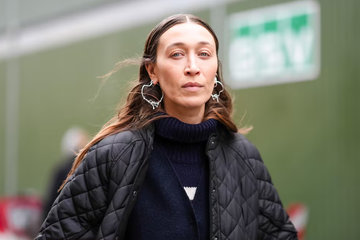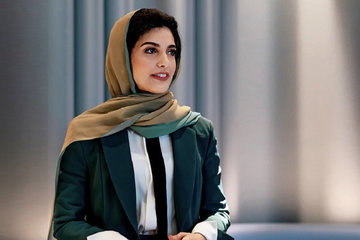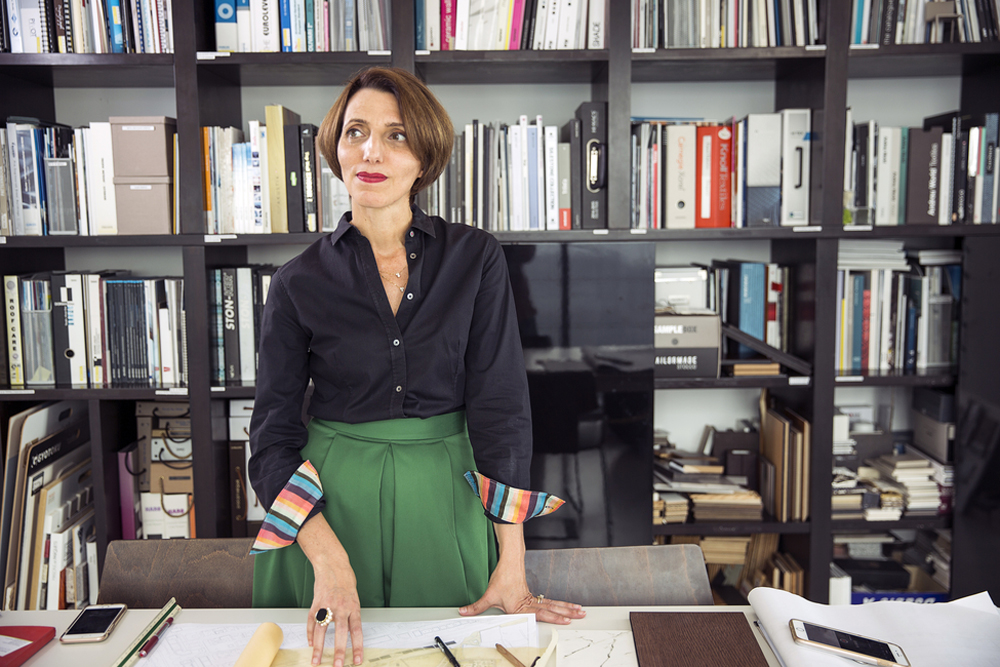
Summay Dabbagh, image courtesy of Aasiya Jagadeesh
Female architects have challenging the profession’s boys’ club for some time, including high achievers from the GCC. Here are two of the most renowned self-starters who have been making a weighty impact on architecture in the region.
Hend Almatrouk
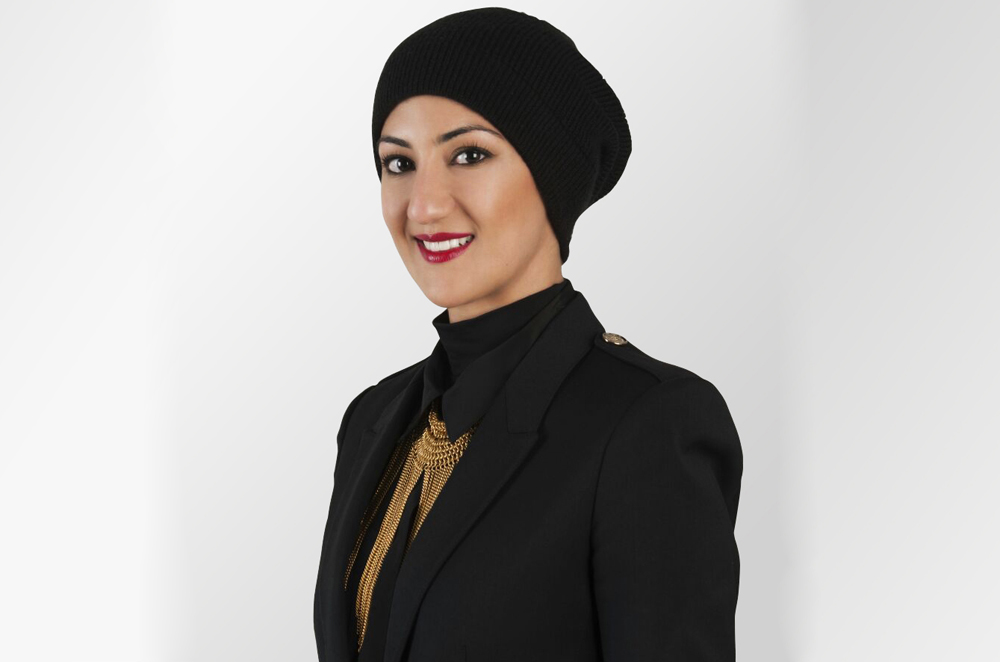
Hend Almatrouk has been busy growing the boutique firm Studio Toggle from strength to strength. After establishing it in Kuwait City alongside Gio Paul George in 2011, the firm now has 12 employees and another branch in Porto, Portugal. As CEO and partner, the Kuwaiti architect is heavily involved in design, site supervision and planning. Almatrouk, who graduated with a Bachelor of Architecture from the American University of Sharjah in 2008, also overlooks client relations and marketing.
During the past year alone, Almatrouk has been heading a number of successful developments in Kuwait. These include Luminous Drapes, an outdoor installation, Ternion, a series of three adjacent houses, and Mishref Villa, a private residence. Almatrouk, who went on to do her master’s degree in Urban Strategies from the Universität Für Angewandte Kunst in Vienna, is also behind the work in Bean2Bar and Koob, two coffee shops in the GCC country. Plus, her practice’s corporate social responsibility initiatives include partnering with IKEA and Nuqat to design and carry out urban pavilions for improved social interactions during events.
Almatrouk’s work has been exhibited in several prestigious venues like the Venice Biennale 2010, The Essence 2011 in Vienna’s Austrian Museum of Applied Arts / Contemporary Art and The Experimental Architecture Biennial Vol 01 in Prague. Middle East Architect magazine has recognised her achievements by naming her Young Architect of the Year in 2017. The monthly magazine for architects in the region praised the “undeniable strides she made in a short period of time, with projects that continue to positively contribute to the growing urban fabric of the GCC.” The publication also recently placed her in the number 23 spot on their 50 Influential Architects from the Middle East 2019 list.
Sumaya Dabbagh
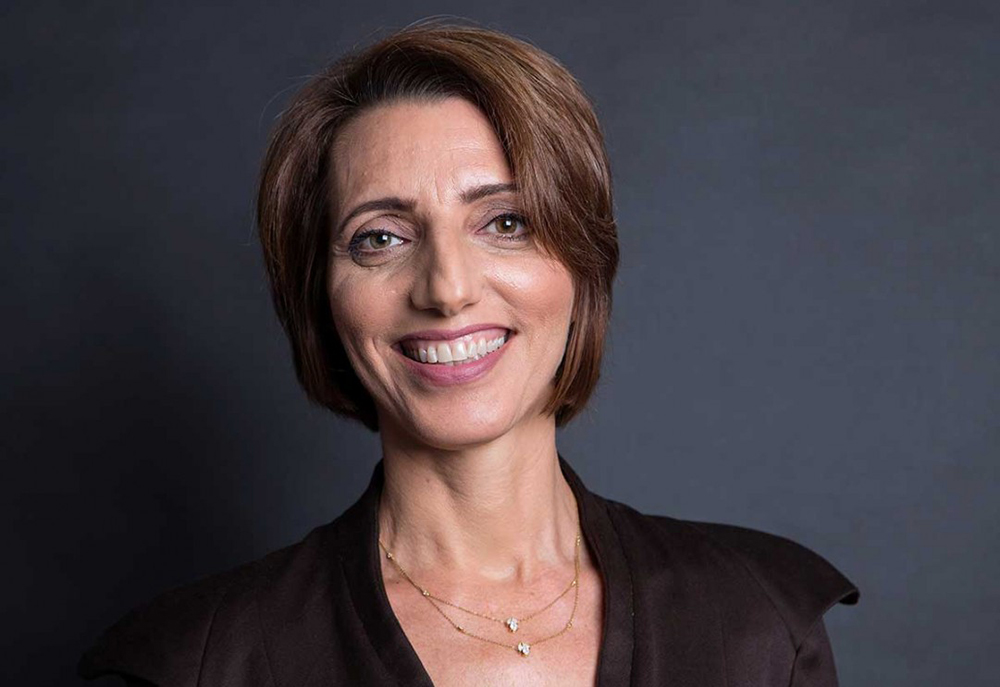
Having lived in England since she was 13, Sumaya Dabbagh ended up studying architecture at Bath University. However the Saudi, who also spent a year in Paris, decided to leave Europe and make the UAE her home after she visited family there. She eventually established her own company, Dabbagh Architects, in Dubai in 2009. The firm, which was listed in Middle East Architects’ 2015 and 2016 Top 40 power lists, is one of the first 10 practices in the GCC to be registered as a Royal Institute of British Architects (RIBA) Chartered Practice, Dabbagh even went on to assume the chair position of the RIBA Gulf Chapter in 2015 after rising through the ranks.
The talent with diverse experience in architecture and interior design has spearheaded work on a number of award-winning projects, including the distinguished Mleiha Archaeological Centre in Sharjah, which won a Middle East Architect award and a Cityscape award in 2016. It was also shortlisted for a World Architecture Festival award. Her firm’s portfolio includes the UAE’s Al Ain Museum, Al Maktab Building in Dubai, the emirates’ Courtyard Marriott and different private residential projects.
Dabbagh, who has been considering taking on projects in Saudi Arabia, has also been involved in commercial offices, retail and cultural and educational projects. As well as being known for her sensitive, contextual designs, she donates two percent of her company’s annual profits to local charities. Plus, she operates as a mindful and responsible employer. Dabbagh, who landed the number 36 spot on Middle East Architect’s 2019 list of 50 most influential architects in the region, has implemented an employment policy that promotes diversity, fair pay and equal opportunities and encourages homegrown talent in the region.


